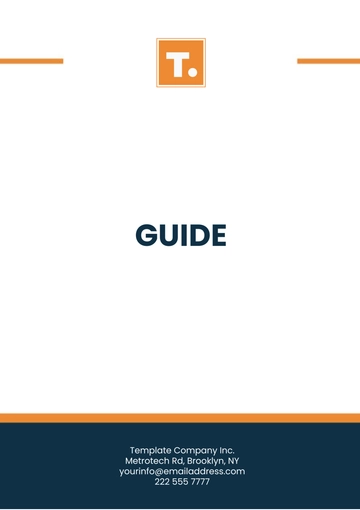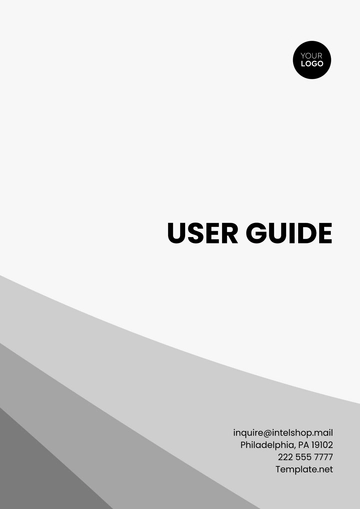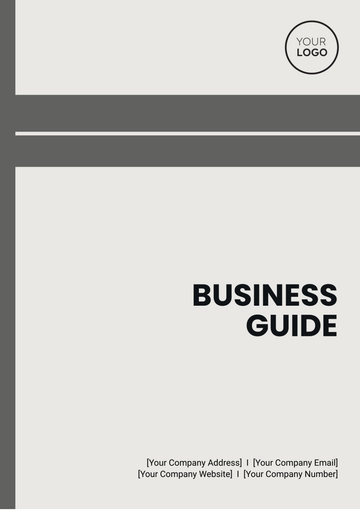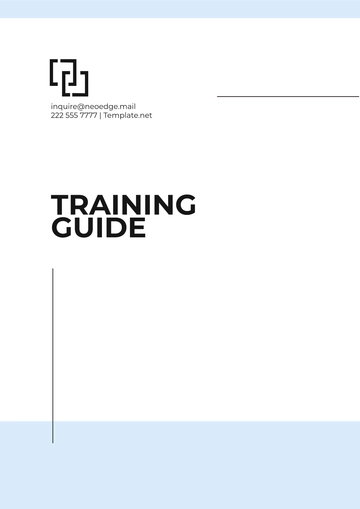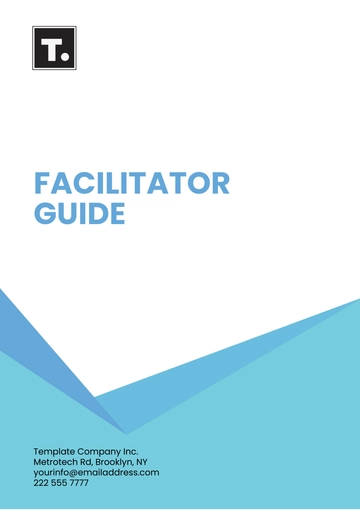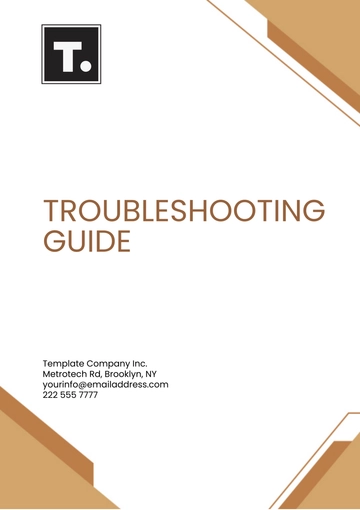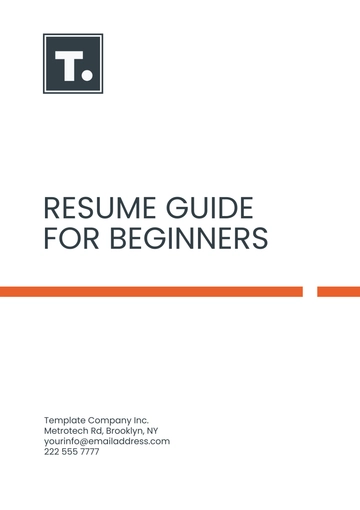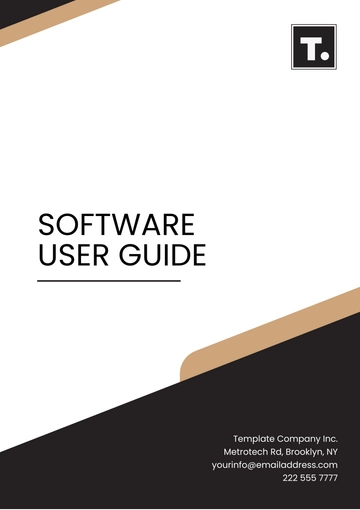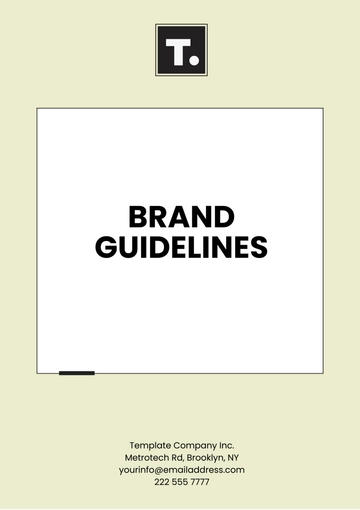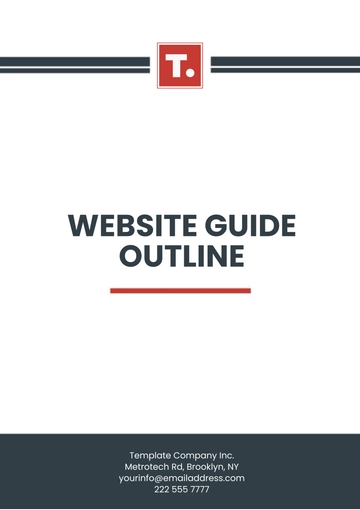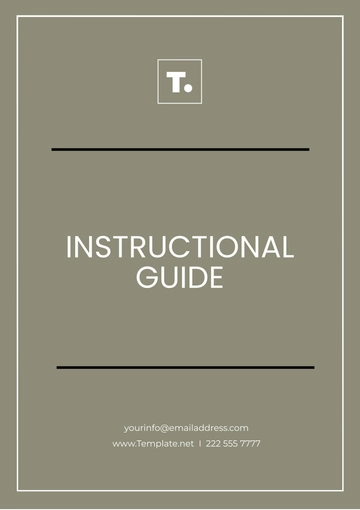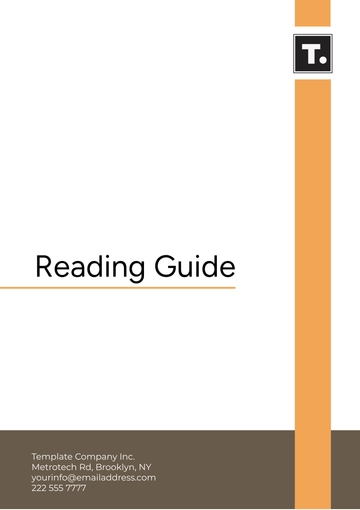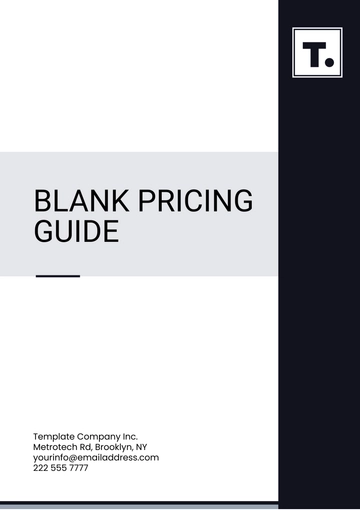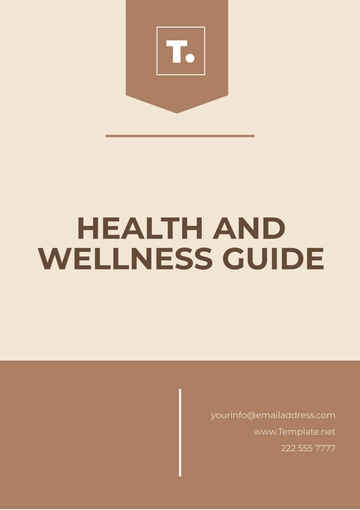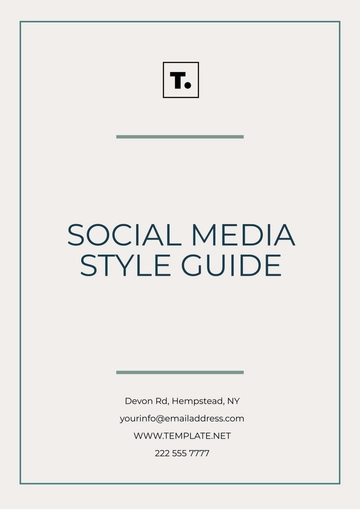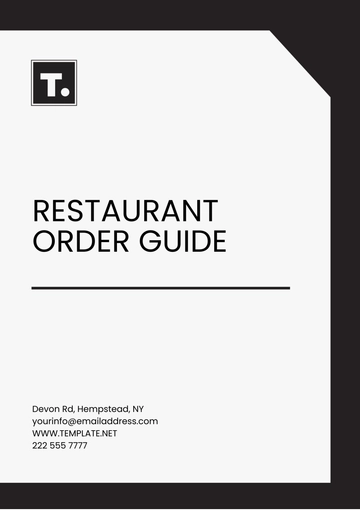Free Risk Management User Guide
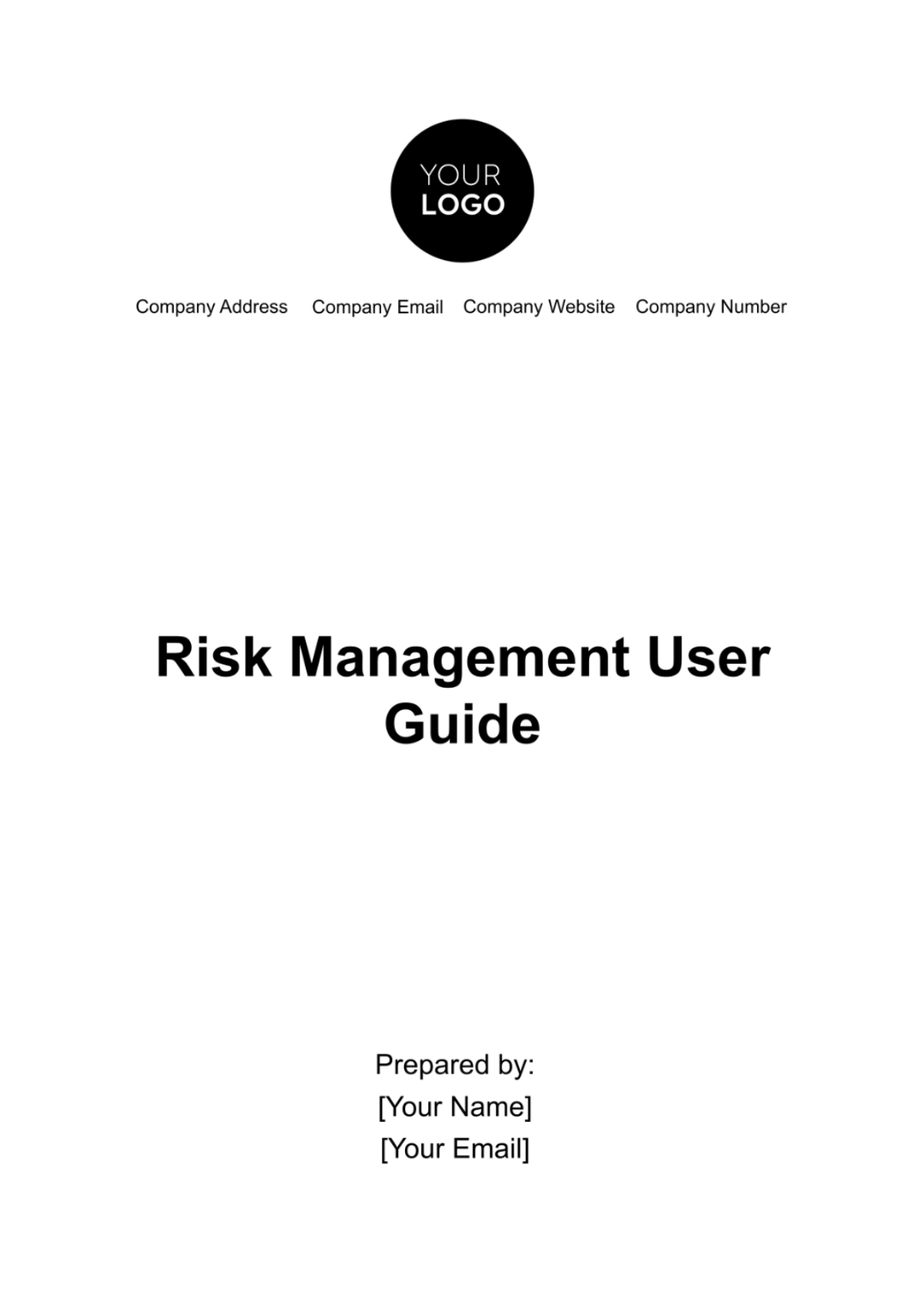
I. Introduction
This guide serves the vital purpose of equipping individuals and organizations with the knowledge and tools required to effectively manage health and safety risks while adhering to the rigorous standards and regulations. Our primary audience includes health and safety professionals, compliance officers, business owners, and employees striving for safer workplaces.
II. Scope and Applicability
The scope of our risk management process encompasses an array of health and safety considerations. It applies to diverse industries and sectors, including but not limited to manufacturing, construction, healthcare, and more. This guide is designed to be versatile, offering valuable insights and actionable steps that can be tailored to suit the specific needs and nuances of each sector.
Whether you're dealing with workplace hazards, environmental concerns, or public safety initiatives, this guide provides a comprehensive framework for identifying, assessing, and managing risks, ensuring that your endeavors align seamlessly with the stringent legal and regulatory requirements of the United States.
III. Legal and Regulatory Framework
Risk management in the health and safety sector is governed by a comprehensive legal and regulatory framework aimed at safeguarding the well-being of employees, the public, and the environment.
Occupational Safety and Health Act (OSHA) |
OSHA establishes the primary framework for workplace safety and health standards. It requires employers to provide a safe and hazard-free work environment, conduct regular inspections, and maintain records of workplace injuries and illnesses. |
Environmental Protection Agency (EPA) Regulations |
EPA regulations govern environmental risk management, addressing issues such as hazardous waste disposal, air and water quality, and chemical safety, with a focus on minimizing environmental impacts. |
Federal Emergency Management Agency (FEMA) Regulations |
FEMA sets guidelines for emergency preparedness and response, ensuring organizations are equipped to manage risks related to natural disasters and other emergencies. |
National Fire Protection Association (NFPA) Standards |
NFPA standards provide guidance on fire safety and prevention measures, crucial for industries with fire hazards. |
Industry-Specific Regulations |
Various industries have specialized regulations, such as those imposed by the Food and Drug Administration (FDA) for pharmaceuticals or the Nuclear Regulatory Commission (NRC) for nuclear facilities. |
It's imperative to note that compliance with these laws and regulations is not only a legal requirement but also a moral obligation to prioritize safety and well-being. This guide will consistently reference these regulations to help you navigate the complex landscape of health and safety risk management.
IV. Risk Identification
Identifying potential risks is a crucial first step towards creating a safer environment. This process involves a systematic approach, consisting of key steps:
Comprehensive Risk Assessment: Conduct a thorough examination of all potential risk sources, including internal operations, external environmental factors, and interactions with stakeholders.
Risk Categorization: Classify identified risks based on their nature, such as operational, financial, legal, or reputational risks. This categorization helps in understanding the extent and impact of each identified risk.
Prioritization of Risks: Prioritize the identified risks, focusing on those with the highest potential for harm or disruption. This step is crucial for allocating resources and attention efficiently.
Development of Mitigation Strategies: Formulate strategies to mitigate or manage the prioritized risks. This involves creating action plans that can reduce the likelihood or impact of these risks.
Continuous Monitoring and Review: Establish a system for ongoing monitoring and review of the risk landscape. This ensures that new risks are identified promptly, and existing risk management strategies are updated as necessary.
Stakeholder Involvement: Engage with key stakeholders throughout the process for their insights and to ensure that all perspectives are considered in the risk assessment and management strategies.
Documentation and Reporting: Maintain detailed documentation and regular reporting of the risk identification process, findings, and the actions taken. This ensures transparency and accountability in the risk management process.
This structured and detailed approach to risk identification is fundamental to creating a secure and resilient environment, efficiently addressing potential challenges before they materialize into significant issues.
V. Risk Assessment
Assessing identified risks is a critical process in health and safety risk management. It involves evaluating the potential consequences and likelihood of each identified risk. Here's how to conduct a risk assessment in alignment with US health and safety standards:
Risk Ranking: Prioritize risks based on their severity and likelihood. Use a risk matrix or similar tool to categorize risks into high, medium, and low categories.
Consequence Analysis: Assess the potential impact of each risk on people, property, the environment, and your organization's reputation. Consider factors such as injury severity, financial losses, and regulatory violations.
Likelihood Analysis: Determine the probability of each risk occurring. Use historical data, expert opinions, and industry-specific information to estimate the likelihood.
Risk Evaluation: Combine the consequence and likelihood assessments to assign a risk score to each identified risk. This score helps prioritize risks for mitigation efforts.
Risk Assessment Tools: Utilize risk assessment tools and methodologies, such as Failure Modes and Effects Analysis (FMEA) or Hazard and Operability (HAZOP) studies, to conduct in-depth evaluations for complex risks.
Continuous Monitoring: Regularly review and update your risk assessments to reflect changes in your operations, industry standards, or regulatory requirements.
VI. Risk Mitigation and Control
Below, we present a comprehensive table detailing strategies and practices designed to address identified risks. These guidelines encompass engineering controls, administrative measures, and more, allowing your organization to proactively manage risks and safeguard both employees and regulatory compliance.
Strategy/Practice | Description | Alignment with Standards |
Engineering Controls | Modify equipment or processes to reduce exposure to hazards. | Complies with OSHA's Hierarchy of Controls. |
Administrative Controls | Implement policies, procedures, and training to manage risks. | Ensures compliance with OSHA regulations and industry standards. |
Personal Protective Equipment (PPE) | Provide suitable PPE to employees for specific hazards. | Adheres to OSHA's PPE standards (29 CFR 1910.132). |
Hazard Communication | Label hazardous materials and provide safety data sheets. | Complies with OSHA's Hazard Communication Standard (29 CFR 1910.1200). |
Emergency Response Plans | Develop and practice plans for responding to emergencies. | Aligns with OSHA's Emergency Action Plan requirements (29 CFR 1910.38). |
Training and Education | Train employees on safe work practices and hazard awareness. | Supports OSHA's training requirements (various standards). |
VII. Risk Monitoring and Reporting
Continuously monitoring and reporting on risks is fundamental to maintaining a proactive and compliant approach to health and safety. Here's a detailed description of how to accomplish this while aligning with US health and safety standards:
Risk Identification: Implement a system for ongoing risk identification. Encourage employees to report potential hazards, conduct regular safety inspections, and stay informed about industry-specific risks.
Data Collection: Collect relevant data on identified risks, including incident reports, near misses, and trend analyses. Ensure data accuracy and consistency.
Risk Assessment: Periodically reassess risks to account for changing circumstances. Use standardized criteria and methods to evaluate risk severity and likelihood.
Reporting Mechanisms: Establish clear reporting channels for employees to report risks and incidents promptly. Ensure anonymity and non-retaliation to encourage open communication.
Documentation: Maintain comprehensive records of risk assessments, incidents, and mitigation measures. Adhere to legal documentation requirements and best practices.
Communication: Regularly communicate risk-related information to all stakeholders, including employees, management, and regulatory authorities, as necessary.
Corrective Actions: Promptly implement corrective actions in response to identified risks. Ensure that action plans align with US health and safety standards and are tracked to completion.
Performance Metrics: Define key performance indicators (KPIs) to measure the effectiveness of risk mitigation efforts and adjust strategies accordingly.
Regulatory Compliance: Stay current with US health and safety regulations, adapting your monitoring and reporting processes to meet evolving requirements.
Continuous Improvement: Foster a culture of continuous improvement by analyzing incident trends, soliciting feedback, and updating risk management practices accordingly.
VIII. Documentation and Record-Keeping
Accurate documentation and record-keeping are vital aspects of risk management in health and safety. They serve as a crucial foundation for transparency, accountability, and compliance with US legal requirements. These records not only demonstrate due diligence but also provide valuable data for incident analysis, regulatory audits, and continuous improvement efforts. By maintaining meticulous records, organizations can effectively track, manage, and report on risk-related activities, ensuring a safer and legally compliant workplace.
IX. Emergency Response and Contingency Planning
Here, we outline a procedure for effective emergency response and contingency planning. These steps ensure that your organization can respond swiftly and efficiently to unforeseen risks.
X. Training and Education
Effective training and education are key components of a robust risk management program. To ensure that employees are well-informed about risk management practices, consider the following guidances:
Needs Assessment: Identify specific training needs based on job roles, hazards, and compliance requirements.
Tailored Programs: Develop customized training programs addressing identified needs, incorporating both theoretical knowledge and practical skills.
Regulatory Compliance: Ensure that training programs align with US laws and standards relevant to your industry.
Continuous Learning: Implement ongoing training to keep employees up-to-date with evolving risks and regulations.
Accessibility: Make training materials and resources easily accessible to all employees, including online resources, workshops, and safety drills.
Feedback Loop: Encourage feedback from employees to refine training programs and address emerging needs effectively.
Record-Keeping: Maintain records of training activities and certifications for compliance and audit purposes.
Investing in comprehensive training and education empowers employees to recognize and mitigate risks, fostering a safer and more compliant work environment.
- 100% Customizable, free editor
- Access 1 Million+ Templates, photo’s & graphics
- Download or share as a template
- Click and replace photos, graphics, text, backgrounds
- Resize, crop, AI write & more
- Access advanced editor
Uncover the ultimate tool for effective risk management with Template.net's Risk Management User Guide Template. Professionally designed, this template streamlines the creation of a comprehensive risk management guide, ensuring alignment with health and safety standards. Elevate your risk management practices and safeguard your organization today with this indispensable resource.
